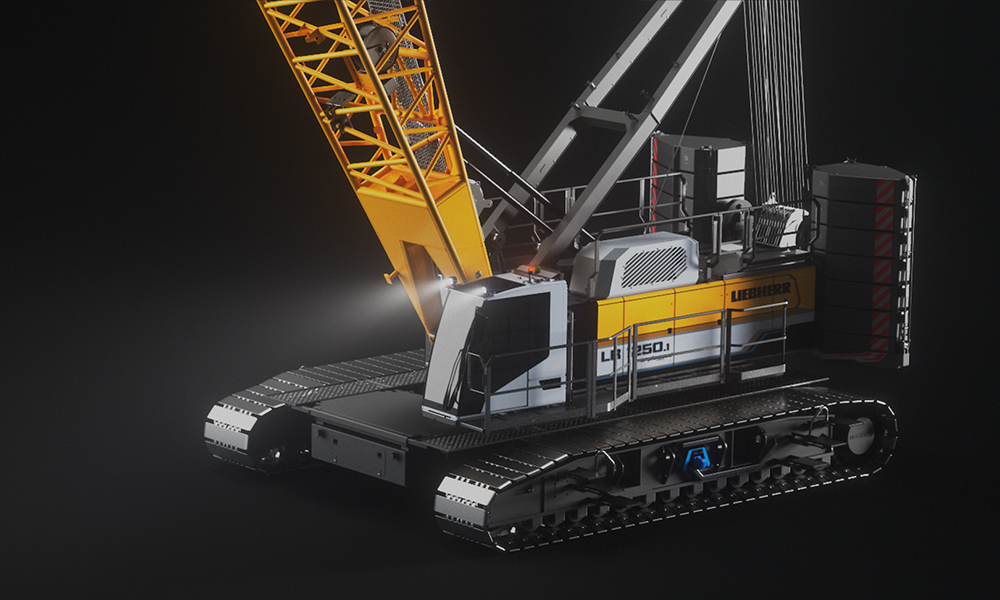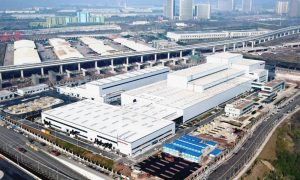Liebherr introduces the world’s first battery-powered crawler cranes
New LR 1200.1 unplugged and LR 1250.1 unplugged offer emission-free and low noise 200t and 250t lift capacities respectively for four-hour lift operations on 2.2h hour charge times

Liebherr has introduced the world’s first battery-powered crawler cranes, with the duo of LR 1200.1 unplugged and LR 1250.1 unplugged driven by electric engines with a system performance of 255kW.
The manufacturer said the two models make “no compromises regarding performance or availability when compared with the conventional versions”, with the LR 1200.1 offering a maximum lifting capacity of 200t, while the LR 1250.1 can lift 250t.
According to Liebherr, thanks to the duo’s zero emission and very low noise levels, they bring huge advantages in areas sensitive to noise and also for the people working on the job-site. The cranes can be recharged on a conventional job-site electric supply at 32 amps and 63 amps in 4.5 hours and optionally with 125 amps in 2.25 hours. The battery capacity is designed for four hours of lifting operation. In accordance with their names, the cranes can be operated without a cable – thus “unplugged” thanks to the battery-electric drive design.
The cranes have a blue accent in the colour composition of their livery, which, Liebherr says, “lends a distinctive look to the unplugged series, symbolises the electric solution representing an advanced technology”. The cranes achieve a happy combination of operator benefit, efficiency and environmental sustainability, the manufacturer added.
Gerhard Frainer, MD for Sales at Liebherr-Werk Nenzing GmbH, said: “The year 2020 has shown that one must be open-minded and bold to break new ground. With our unplugged cranes we offer our customers an alternative drive design. As we have already seen with the LB 16 unplugged, the first battery-powered drilling rig, the strategy is a complete success. Strict requirements regarding environmental sustainability in tenders for construction projects increase the demand for advanced technologies. For us, it was clear that we extend and successfully establish the design in further product groups.”
























